It may not be visible to the rest of the world, but there's a revolution going on in China right now that will almost certainly have repercussions for everyone.
The self-powered "smart pergola" marketplace has sprung from nowhere to become a sunrise industry with massive global potential. It began as a reimagining of the traditional Pergola – a garden structure sometimes without a roof, that can be traced back thousands of years in China, Rome and Egypt.
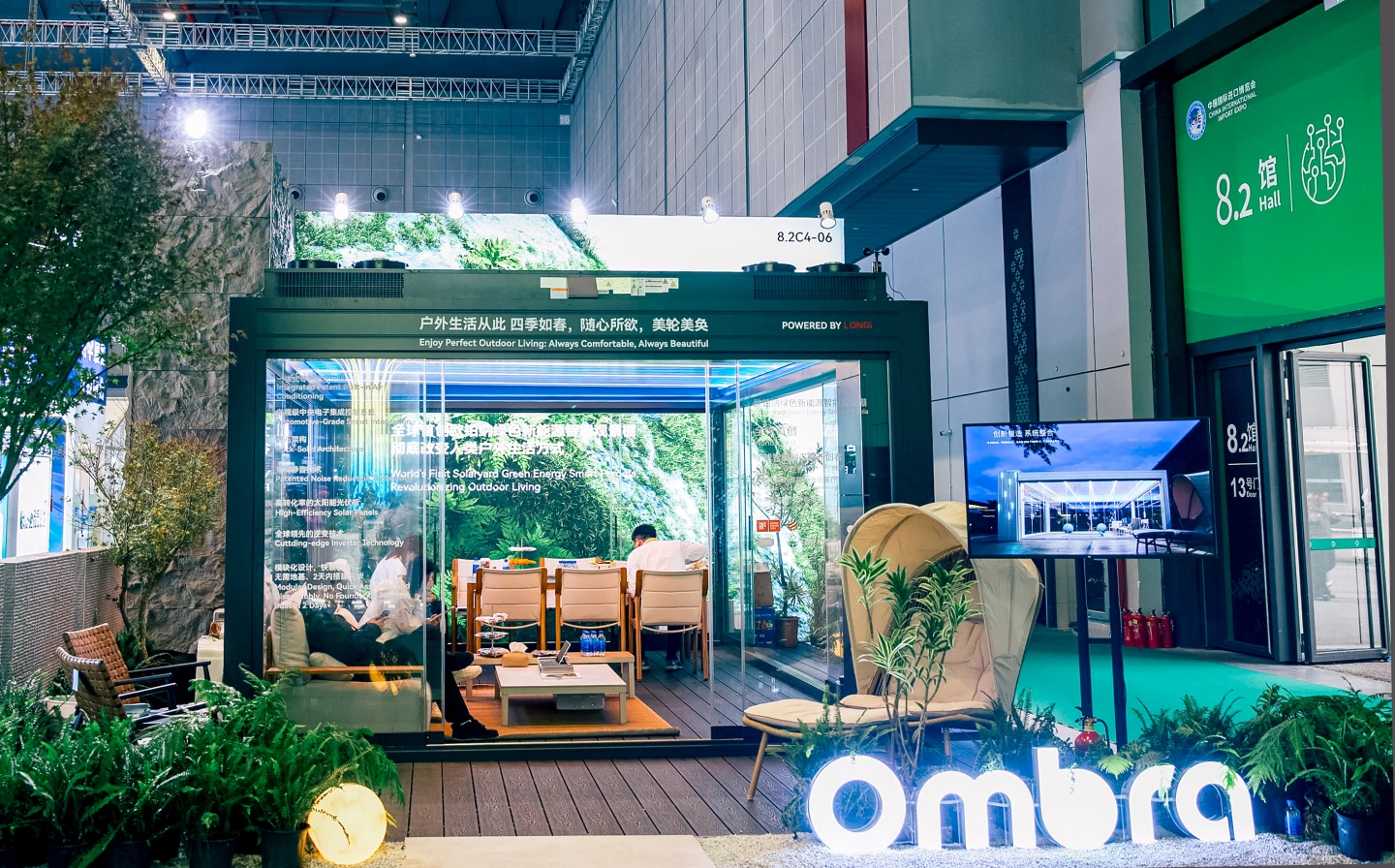
The idea seemingly blossomed around two years ago when SolarYard (a LetRight Brand) showed the Ombra "solar pergola" for the first time at the China Import Export Fair.
China makes two of every three physical goods sold anywhere in the world at this moment in time (April 2025), and for a product to create such a response in a seemingly endless marketplace, it obviously addressed a huge public need.
The high-tech Ombra was immediately perceived by the public as a store-bought, relocatable, mains-independent, spare-room-as-an-appliance: an air-conditioned room in the garden, by the pool, on the roof, or on that land you always intended to live on.
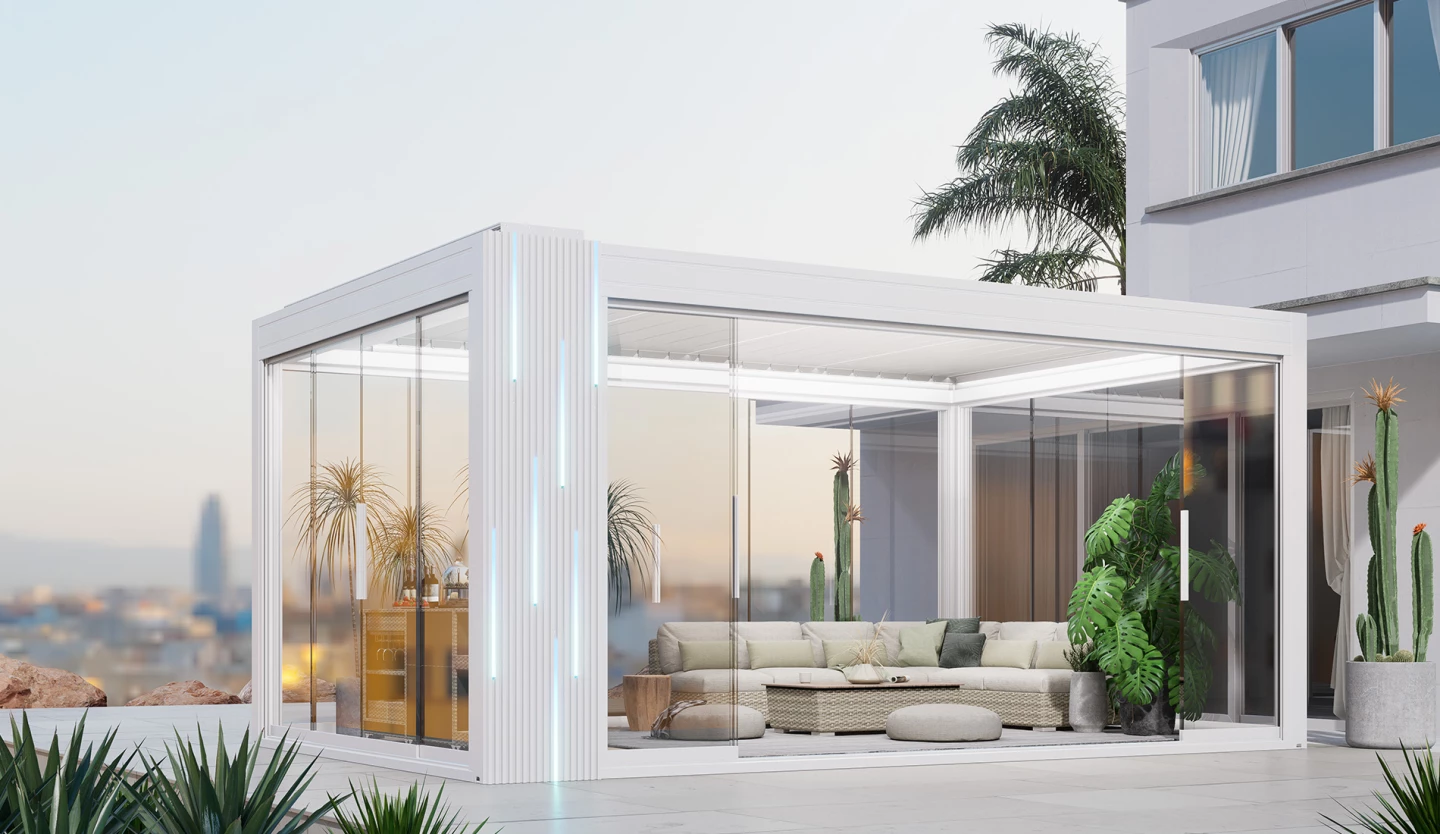
The Ombra's ability to shed its walls and roof and be at one with the planet make it a particularly compelling proposition as a multi-purpose habitable space that can be located anywhere, and relocated as desired.
The patented use of solar cells in the louvers is the enabling technology that balances style and function, but it hasn't stopped dozens of competitive high-tech pergolas hitting the market at the gargantuan Chinese import export fairs because demand has been incredibly strong.
The Ombra is the product they're all trying to emulate, but we suspect that this low-footprint relocatable habitable space concept has a long way to evolve yet. Creating buildings in factories and assembling them on-site has many advantages beyond cost and time savings, and the ability to incorporate high tech as a system might become increasingly worthwhile as we move into the future.
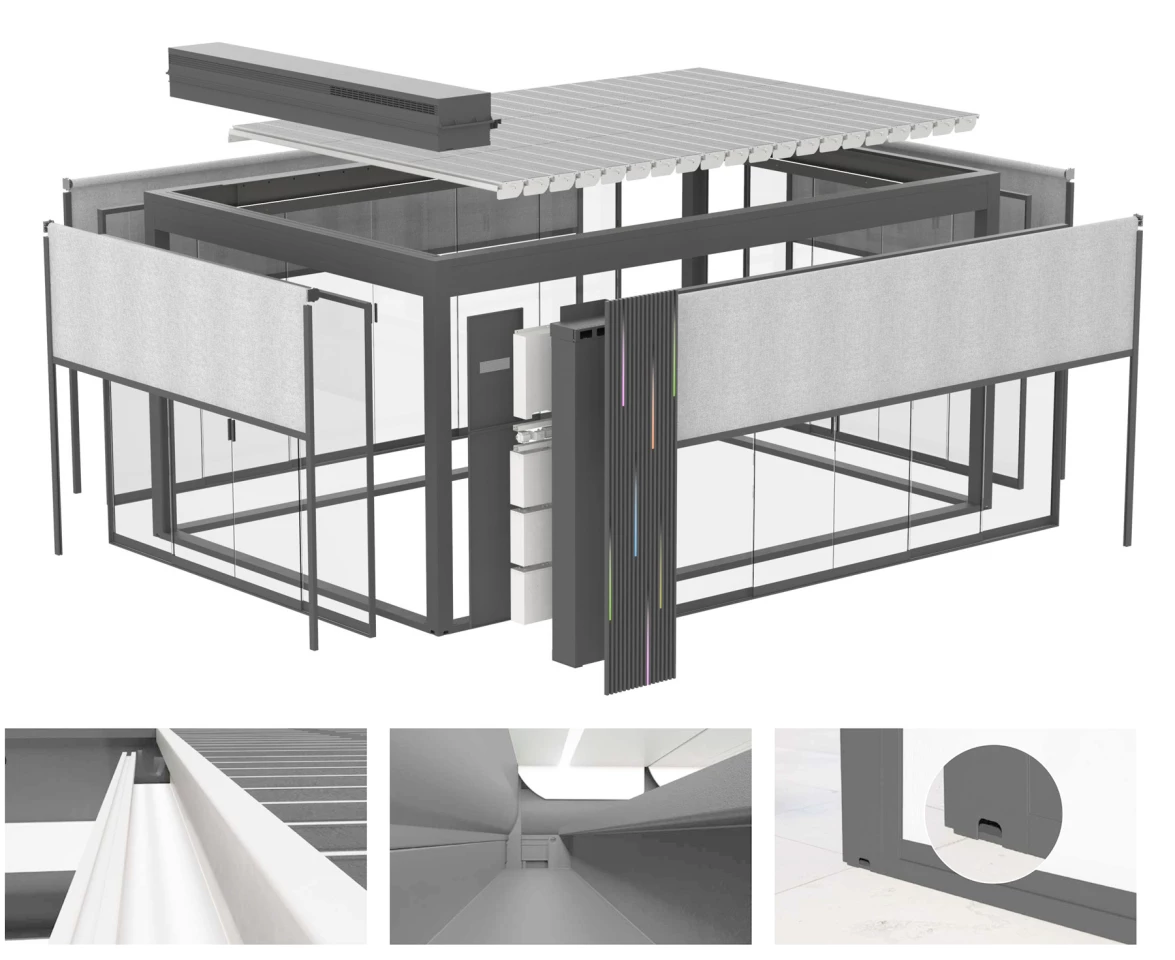
The Ombra design becomes more impressive under scrutiny as the detail has been addressed convincingly. The judges at the world's most prestigious design awards seem to unanimously agree.
In the last 12 months, the Ombra has become a Red-Dot Design Award Winner, an iF Design Award Winner and LetRight's founder and Chairman Ren Li was honored with the “Responsible Business Leader” award at the 11th Asia Corporate Excellence & Sustainability (ACES) Awards.
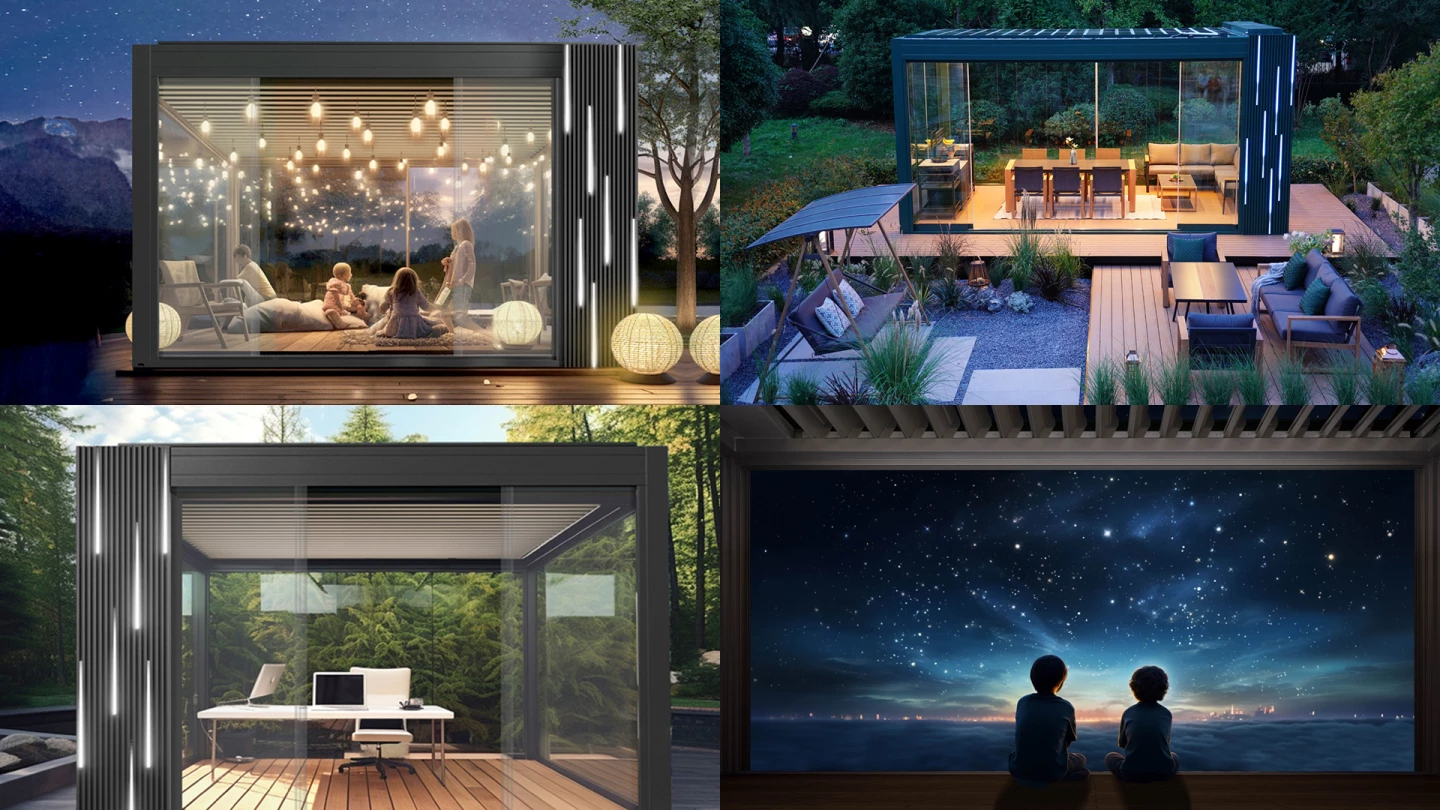
Earlier this month, the Ombra Smart Pergola was one of the feature products at Milan Design Week 2025, where it took out a 2025 Milan Design Awards Gold Prize!
That's not quite a Design Recognition Grand Slam (yet), but every start has been a winner so far and the unanimous plaudits validate the original thought and design excellence involved. On that journey, the Ombra has been examined by the world's leading design authorities who are the judges at these events.

The complexity of the Ombra design begs the question as to how our homes might evolve to take full advantage of new technologies as they emerge – everyone will want this capability built into their abodes in the future. Clearly, we can't keep building dwellings entirely "in situ", so there's a huge opportunity to retrofit existing structures, and to provide factory-built infrastructure for future dwellings.
The Ombra's promise of communing closer to our natural habitat almost anywhere has been a smash hit in China, and we expect the same response across the rest of the world. This product is as close to nature as you can get if you wish to avoid the downsides of unpleasant weather.
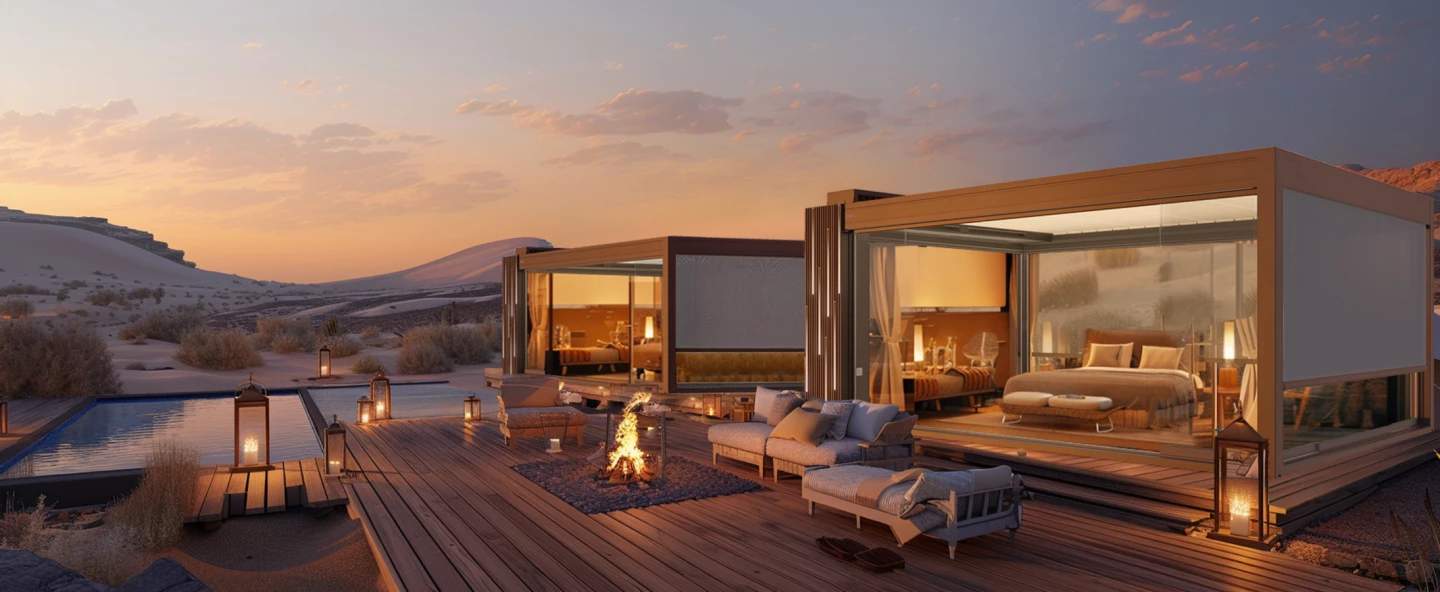
Hence the Ombra has emerged as one of the hero products of the SolarYard brand in China.
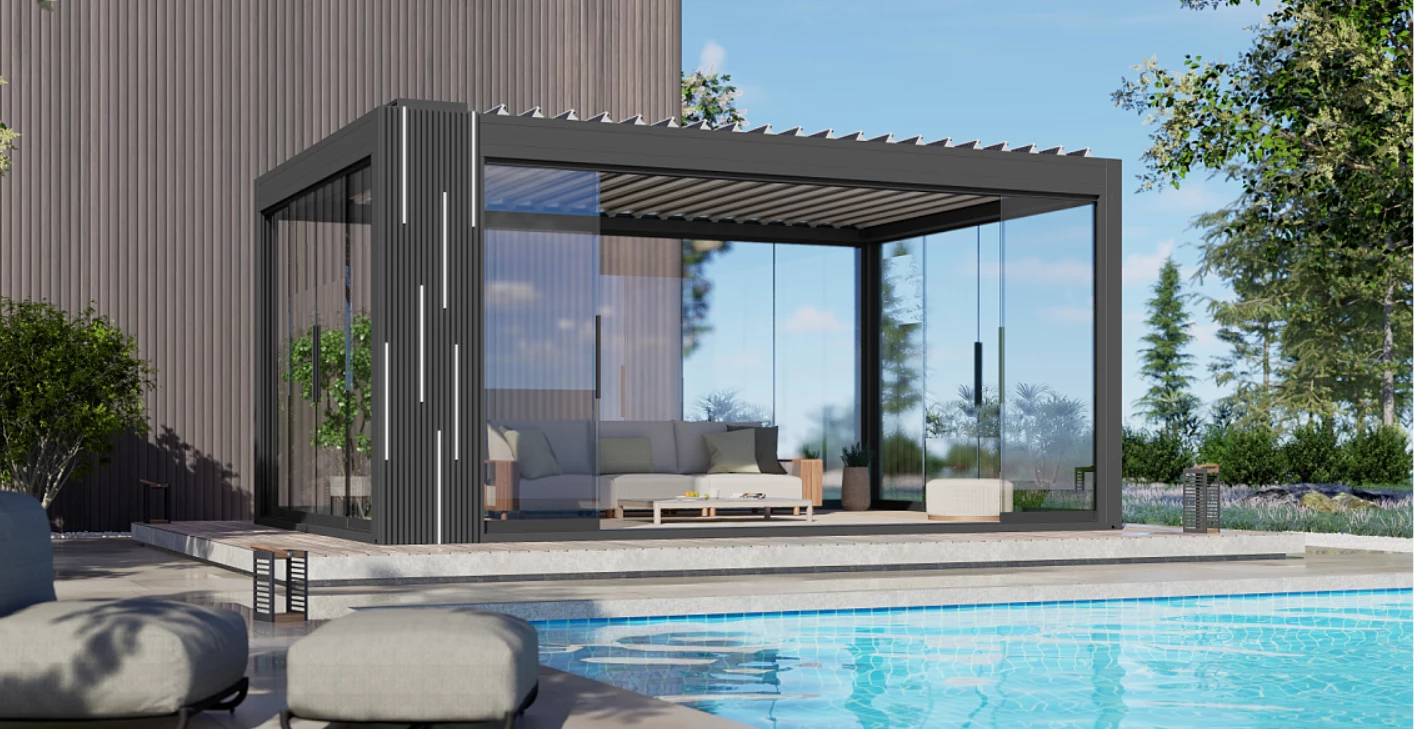
As a hero product to introduce a coming brand to the rest of the world, it's a winner, but the Ombra Solar Pergola goes beyond anything we've seen before as it is essentially an air-conditioned-room-as-an-appliance, and demonstrates just how clever and autonomous a room can be if you give it a brain ... and scalability.
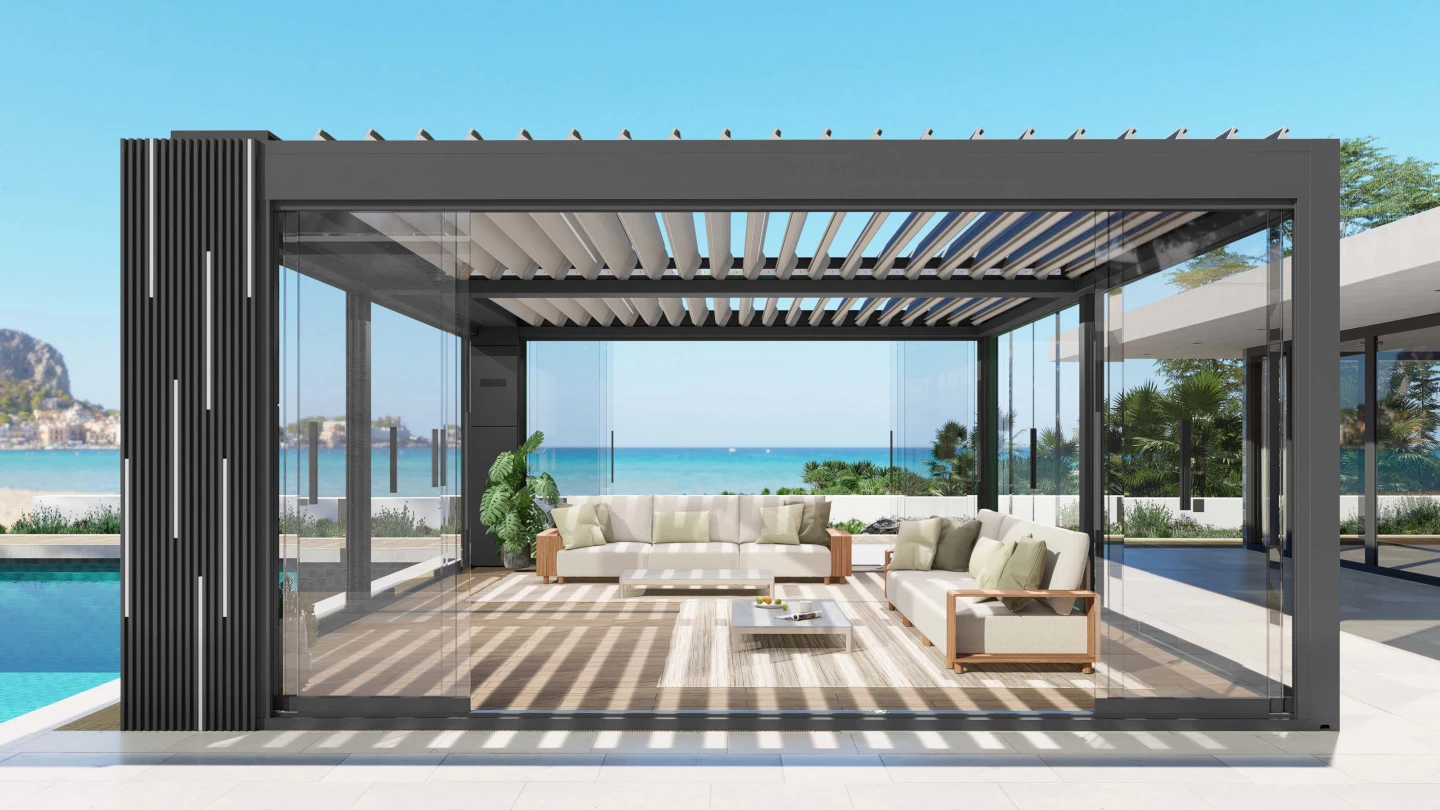
The Ombra's control system manages the air conditioning, adjustable solar-powered louvers, invisible sunshade blinds, misting systems, and ambient lighting to create the environment required.

If the weather is conducive, the glass walls of the room slide away, and the sun-seeking solar panels double as louvers to provide shade and power to built-in air-conditioning to keep you comfortable. If the weather turns, the doors slide shut, the roof locks down and the Smart Pergola's patented "built-in air conditioning" is claimed to be able to maintain comfortable temperatures in climates ranging from -20 °C to 55 °C (68 °F to 131 °F).
Add a battery and you have resilience and autonomy. Plug it into the electricity grid and you have an energy-efficient spare room but the grid-independent energy management means that you can take advantage of its other superpower – it is relocatable.

Though the pergola or gazebo have both been around for hundreds of years, the addition of solar panels built into the louvers on the roof has enabled the quaint medieval retreat to be transformed into a supremely intelligent piece of infrastructure that portends the future of habitable spaces.
One of Ombra's publicity images shows how an open air restaurant can optimize its facility to become "all-weather" and it is just one of myriad ways in which the flexibility of the structure enables better living and better business.

The Scalability Factor
The potential for single or multiple Ombra units to enhance almost any property appears limitless, but the scalability of the Ombra concept offers an even broader array of possibilities.

The ability to seamlessly blend the (often fickle) outdoors with an indoor environment is now clearly a marketplace open for business, and the Ombra's bold vision can be expected to spark a wave of innovation as the idea evolves to better suit different climates, to become more ruggedized for ease-of-packing/unpacking.
The evolution in capabilities from the analog to digital pergola offers a mental leap, but from here it's not hard to see high-tech structures that we'll buy in a box at Home Depot, Ikea or Aldi and assemble ourselves. Or enable new business opportunities.

It's not hard to see the installation time of these solar pergolas being measured in hours rather than days under the right circumstances, and it's not hard to see the price advantages of manufacturing everything in a factory bringing the prices way down ... as high-tech as the ingredients may be, intelligent manufacture will minimize waste and the Ombra begins delivering a return on investment immediately.
It almost certainly has application in adventure/experiential tourism as a business superpower where you can expand the size of a restaurant on demand, or in mitigating the risk of Mother Nature spoiling an important outdoor event ... it could be an important milestone in the history of architecture.

The Ombra comes in two sizes: 4 x 4 m (13.1 x 13.1 ft) and 6 x 4 m (19.7 x 13.1 ft) and they can be joined together like a giant Erector Set.
We've reached out to LetRight's marketing department to clarify installation times and pricing but have not yet had a meaningful response. We'll update this article when we have more information.
In closing, I have been entranced while writing this article, by how a few simple technologies, sensors and an operating system can transform the analog pergola into a ground-breaking digital pergola.
There are a dozen Ombra publicity images in the image gallery for this article that really capture the ideas and possibilities – just click on any image.
Source; Ombra













































